OnePlus 8 Pro Camera Seems To "See Through" X-Ray Style: Nintendo Switch, iPhone, Nest
If you happen to be holding a OnePlus 8 Pro right now you might have access to a camera mode that allows you to see through objects. This is the effect generated by the device's dedicated Photochrome camera. Per OnePlus, "apply the Photochrome filter on the Color Filter Camera to turn ordinary scenes into surreal landscapes." It's not quite so simple as all that, dear OnePlus.
We caught wind of the odd abilities enabled by the device's so-called "Photochrom" filter – as it's called in the software – via Ben Geskin. He's looked at Oculus Quest controllers, Apple TV, and other objects. Quite a few people have tried the feature since Geskin pointed it out this morning – and the results have been strange, to say the least.
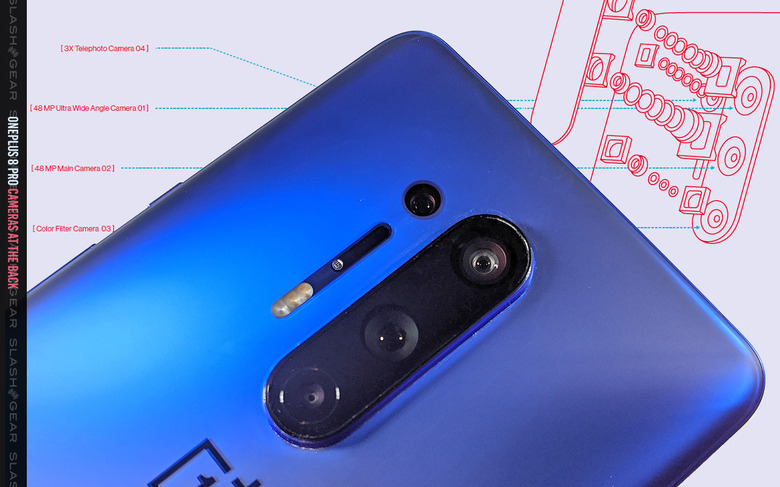
The OnePlus 8 Pro has four cameras on its back. One is an 8MP Hybrid Zoom Camera with 30x Digital Zoom and OIS. There are two 48MP cameras, one with an Ultra Wide Angle lens and a dedicated IMX586 image sensor (with 3cm macro mode and a 120-degree field of view). The other is a 48MP "main" camera with a dedicated IMX689 sensor and OIS.
The camera closest to the center of the phone's mass is a 5 MP Color Filter Camera with f/2.4 aperture and "Photochrome filter." To create the imagery the user sees with this camera, OnePlus works with a combination of hardware and software features.
If you've got a device that doesn't have IR shielding or has otherwise significantly sensor-friendly plastic surrounding it, you'll be able to see inside. This includes the surface of your stove, the tops and sides of quite a few Amazon at-home assistant devices, and most remote controls. If you capture a photo with this 5MP camera, you'll find the results to be... somewhat lacking in high-end quality. This camera wasn't meant to be the primary sensor, and it shows.
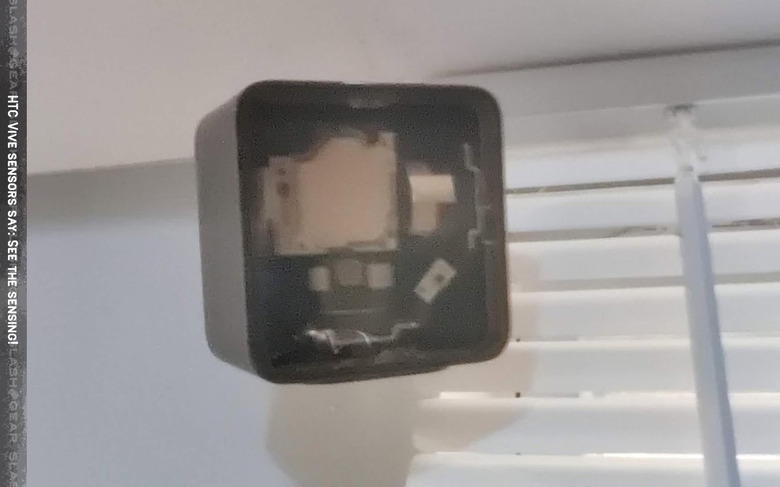
Above you'll see an HTC VIVE Base Station for SteamVR and the HTC VIVE 3D Headset. This ominous (or unassuming, however you see it) box has a whole lot of sensors inside – and a piece of glass up front that's perfect for this experiment. Without this Photochrome setup, the glass is just black, and just a TINY bit transparent. Below you'll see an Nintendo Switch.
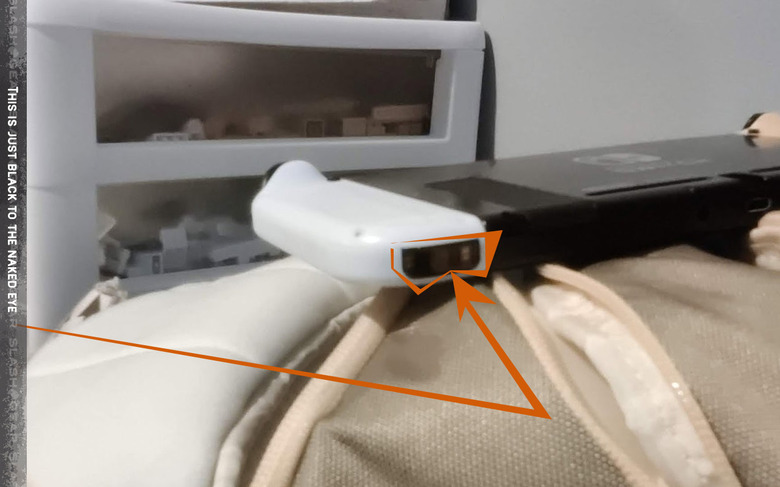
The Nintendo Switch above has just ONE tiny piece that we're able to sort of see through with the Photochrome filter on the OnePlus 8 Pro. There we see the sensors in an area that otherwise is only shiny black. Below you'll see an iPhone 7.
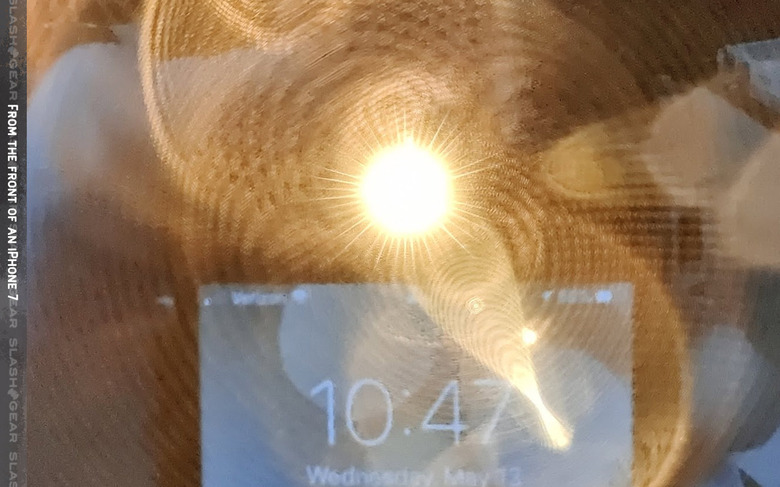
The light you see blasting the OnePlus 8 Pro's Photochrome camera is an IR sensor. This isn't otherwise particularly visible by the human eye, but you can also see evidence of the light with almost any other smartphone camera – it'll be more pink, or light red, in most cases. Next you'll see an NVIDIA SHIELD Android TV device.
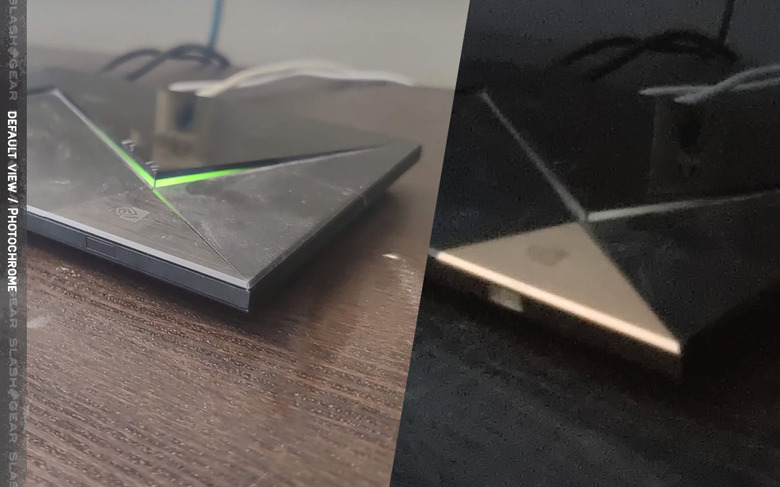
Two pieces of the NVIDIA SHIELD is a different color when we view the machine with the OnePlus 8 Pro's Photochrome camera. The parts that are shown by the filter as a sort of rust color are the touch-sensitive ON button on the top of the machine, and the IR receiver at the front of the machine. Again, normally these are just black.
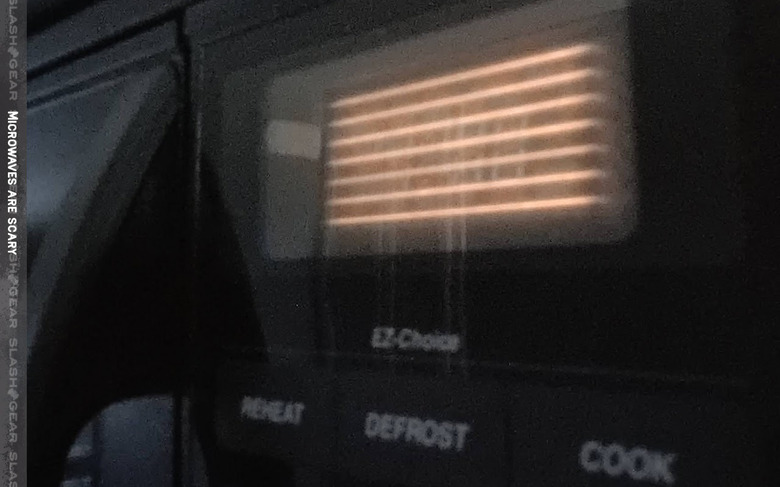
Above you'll see the front panel of a microwave – the bit that normally says the time or the temp. Behind the green letters/numbers are a set of terrifying-looking bars of light. Thankfully these are never visible to the naked eye. The stove you see next is normally just flat black – the heating coil is always otherwise hidden below the surface.

If we activate the filter in the standard OnePlus camera app, and block all cameras on the back but the one we know to be the Photochrome 5MP camera, we get the same results as we do without blocking any cameras. It would appear that this "filter" is basically just the device switching over entirely to the one camera, rather than using that one camera to collect color sensor data for the rest.
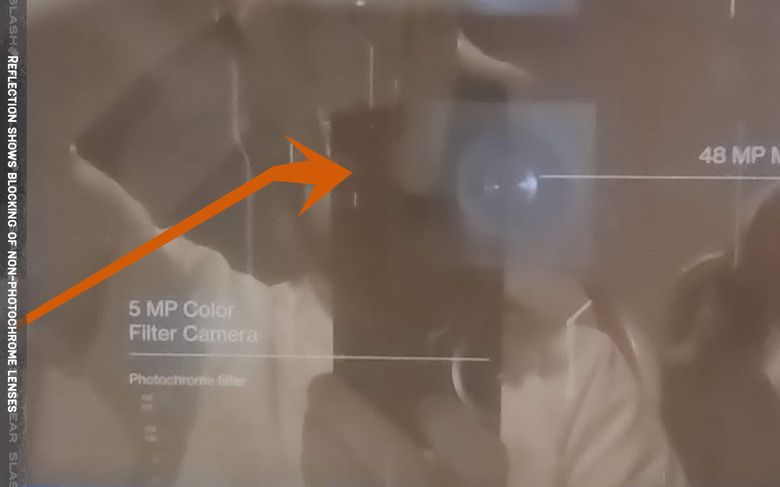
What we're seeing here isn't exactly an x-ray filter, and we wouldn't go so far as to say the OnePlus 8 Pro is Superman, but the feature is certainly noteworthy. Stay tuned as we discover more about this filter, the hardware, and what it implies for the future of this phone.
